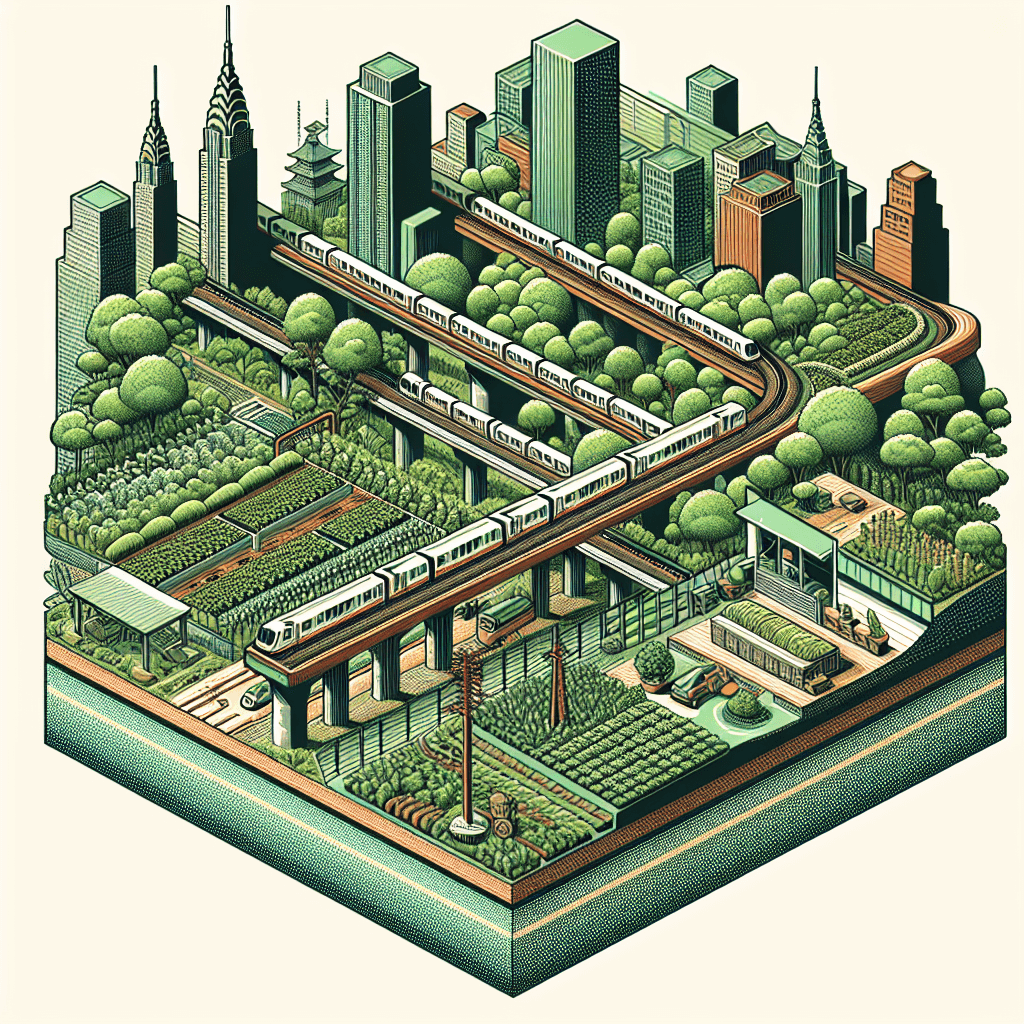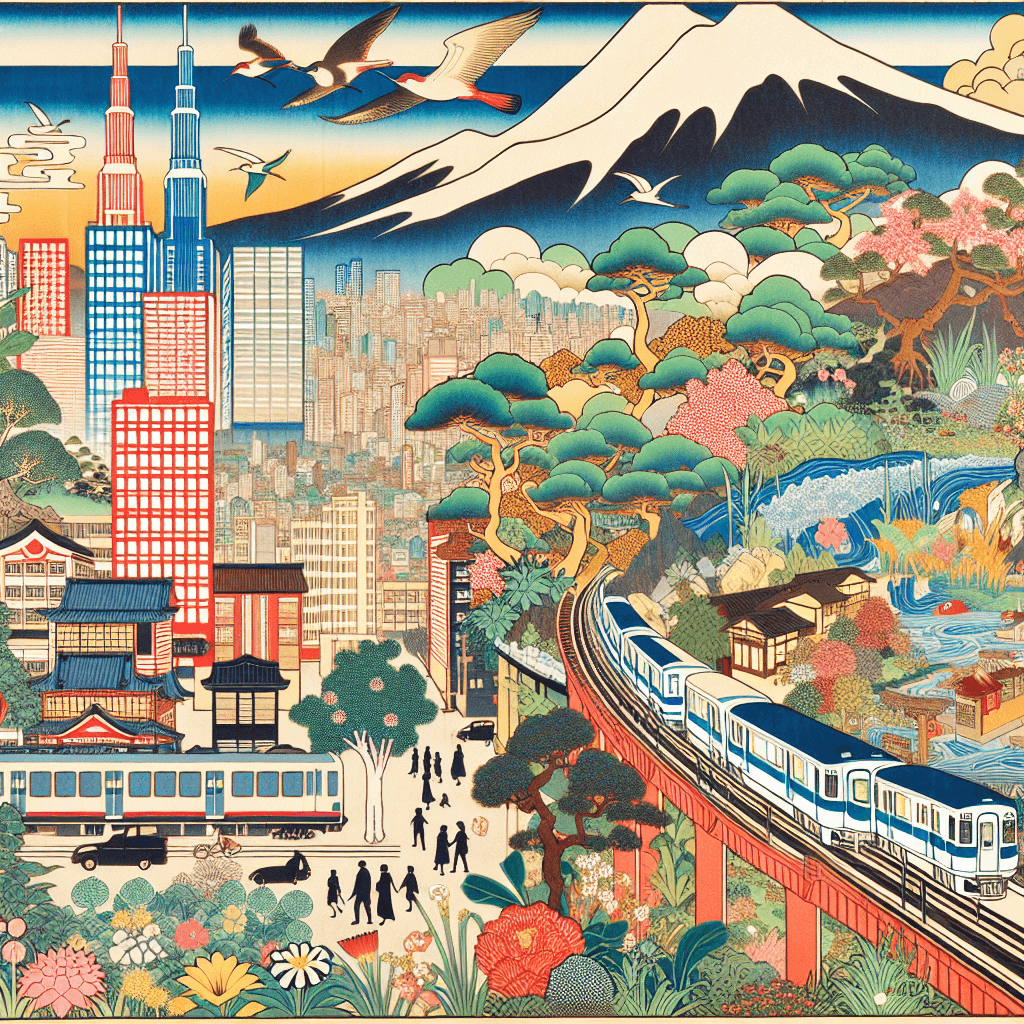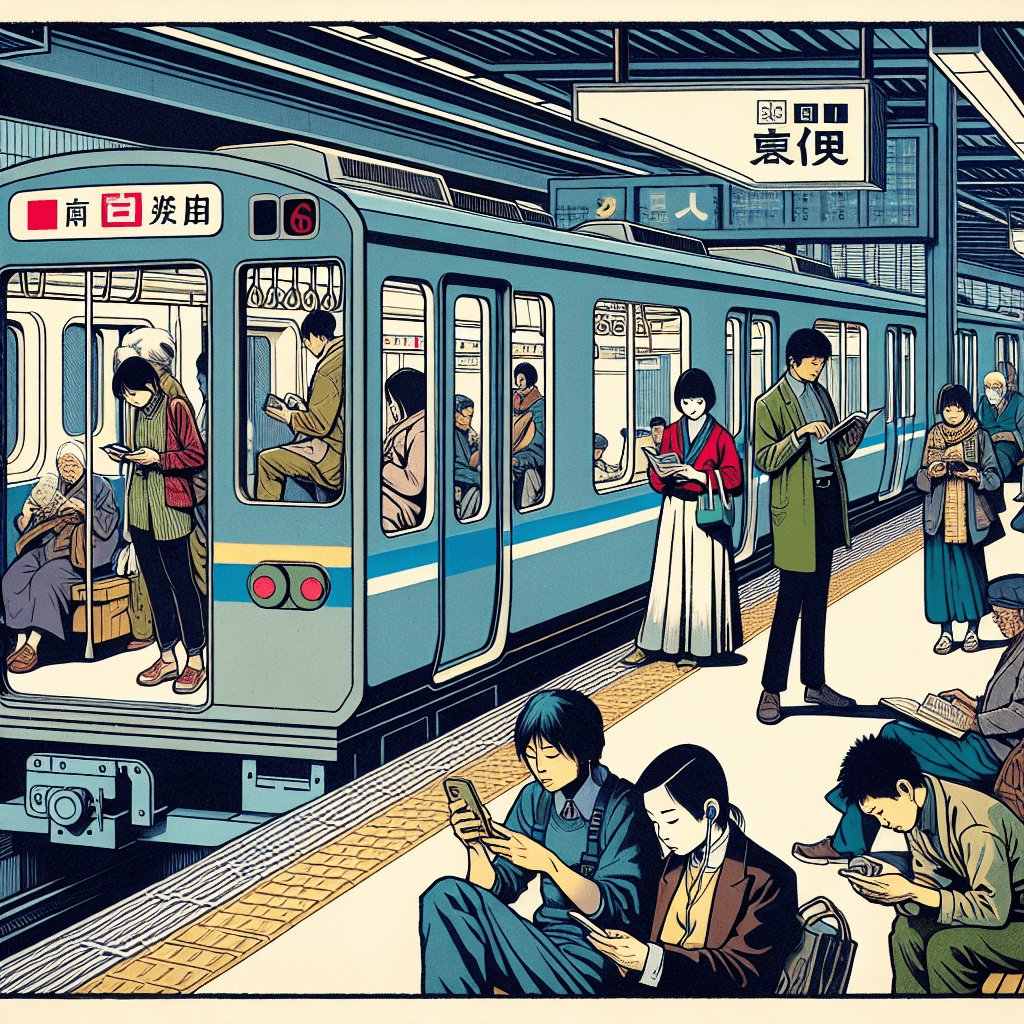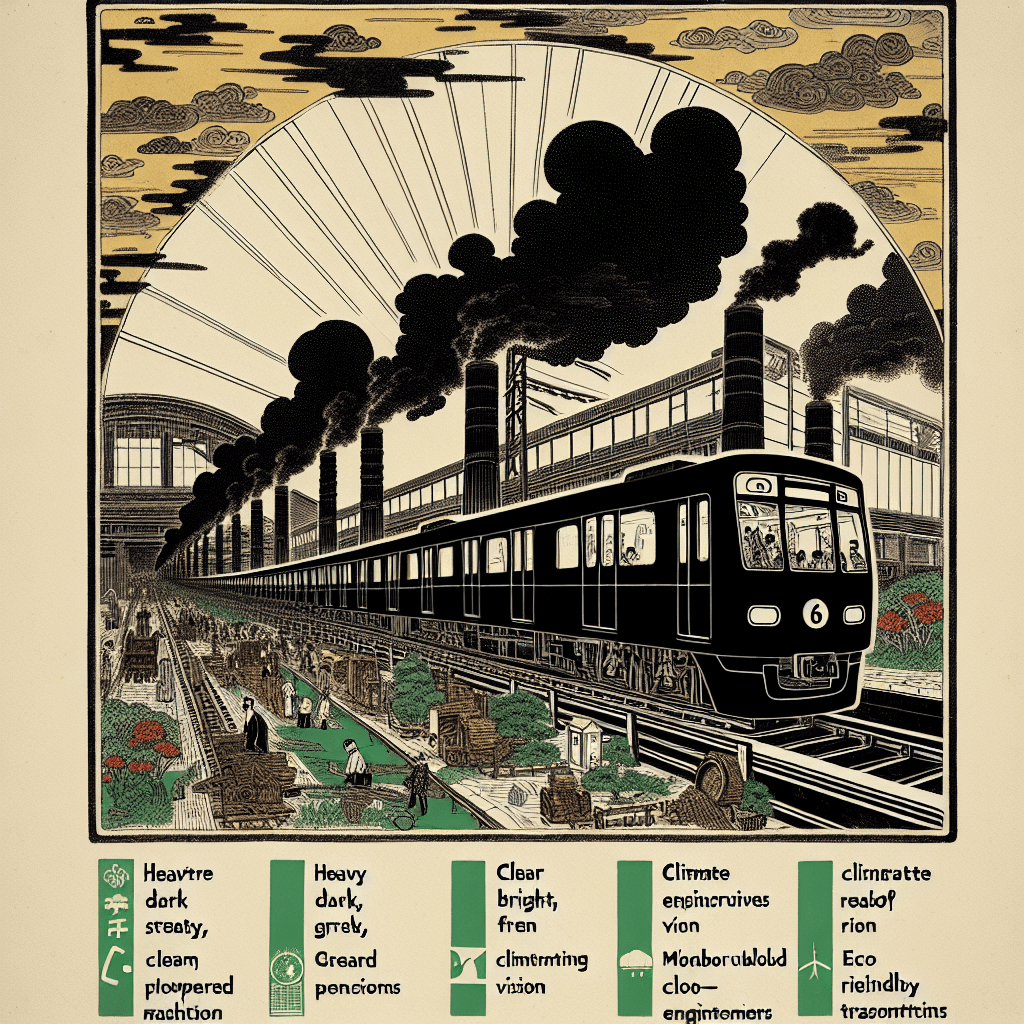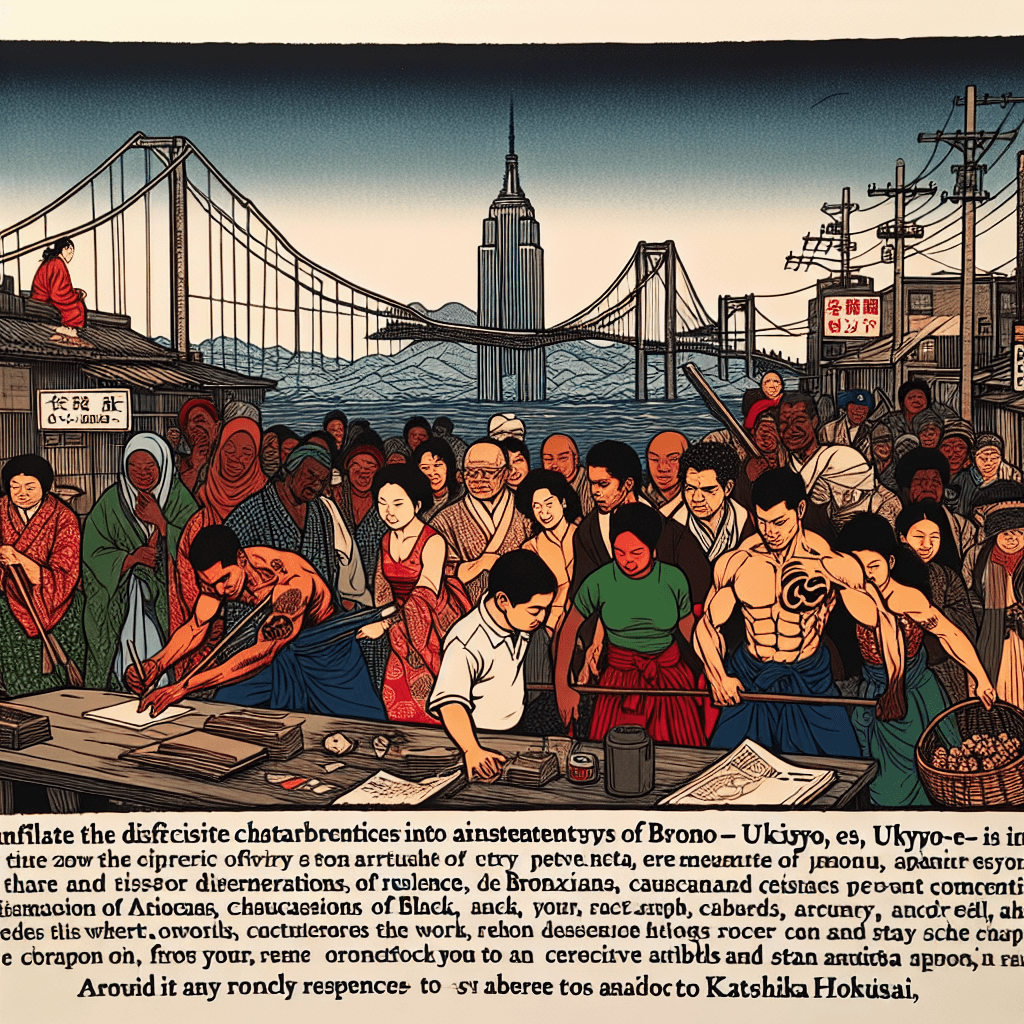The title of the blog post is: "R142 & R142A: Digital Advances & Comfort on the 6 Line
syndu | Feb. 13, 2025, 10:03 a.m.
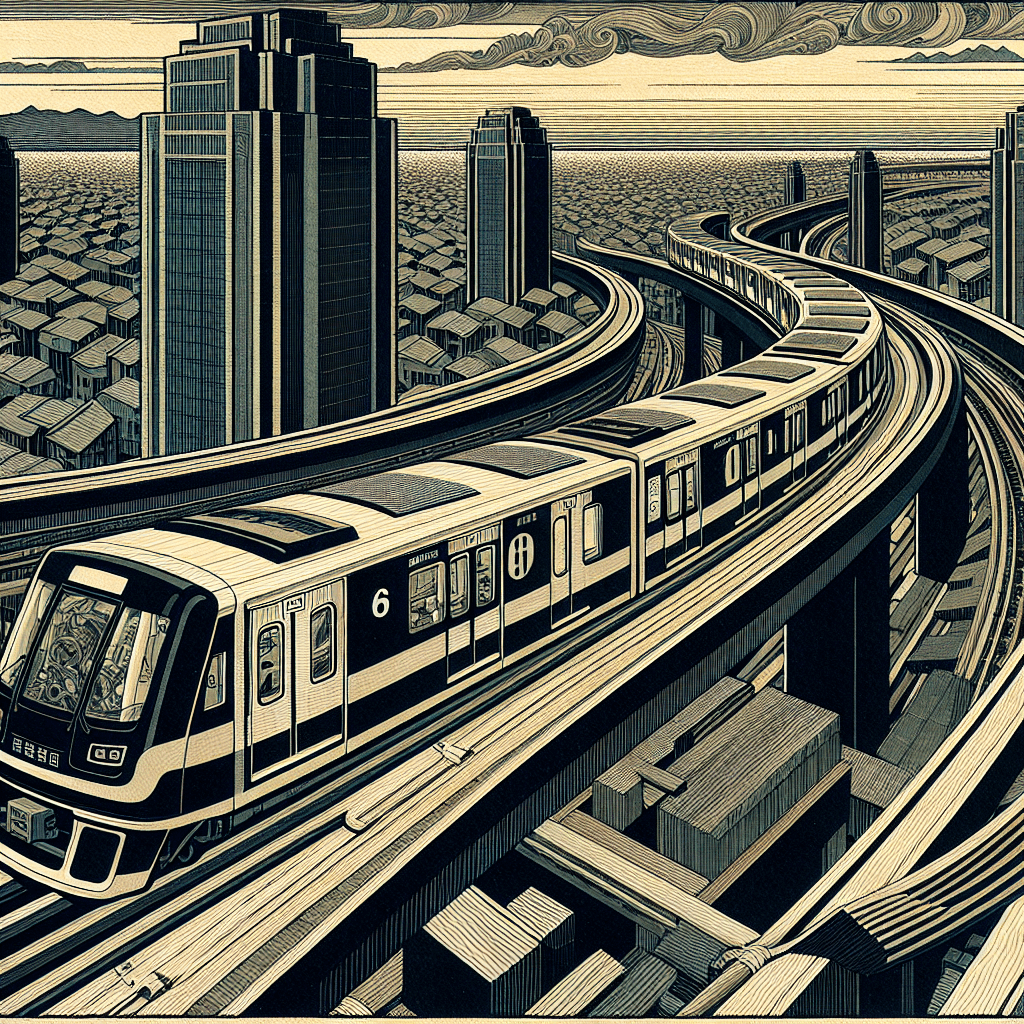
Title: R26, R28, R29: The 1960s Shift on the 6 Line
Introduction
Hello, dear readers—Lilith here! Today, we continue our exploration of the 6 line’s storied history by focusing on the R26, R28, and R29 subway cars. These models, introduced in the 1960s, marked a significant shift in design and functionality, reflecting the cultural changes of the era. Join me as we delve into the updates these cars introduced and the impact they had on the city, framing them as a dramatic scene change in the ongoing production of New York City’s transit story.
The 1960s Design Revolution
The introduction of the R26, R28, and R29 cars brought a wave of modernization to the 6 line, aligning with the broader cultural shifts of the 1960s. These models featured fiberglass seating, improved lighting systems, and updated door mechanisms, offering a more comfortable and efficient ride for commuters. These design changes not only enhanced the passenger experience but also mirrored the evolving expectations of the city’s residents.
The use of fiberglass seating was a notable departure from traditional materials, providing a lighter and more durable option that was easier to maintain. The improved lighting systems created brighter, more inviting interiors, while the updated door mechanisms allowed for smoother and quicker boarding and alighting. These innovations set new standards for subway car design, reflecting the city’s commitment to progress and modernization.
A Dramatic Scene Change in Urban Transit
Much like a dramatic scene change in a theatrical production, the arrival of the R26, R28, and R29 cars signaled a new chapter in the history of New York City’s subway system. The 1960s were characterized by rapid cultural and social changes, and these subway cars embodied that spirit of transformation. They offered a glimpse of modernity and progress to the millions of passengers who relied on the 6 line each day.
The introduction of these cars was akin to a fresh act in a play, where the set design and lighting shifted to reflect new themes and narratives. The R26, R28, and R29 cars brought a sense of renewal and optimism to the city’s transit system, capturing the imagination of commuters and setting the stage for future innovations.
Cultural Impact and Legacy
The R26, R28, and R29 cars played a pivotal role in shaping the commuting culture of New York City during the 1960s. By providing a more comfortable and efficient travel experience, they helped to foster a sense of community among riders and contributed to the city’s economic growth and development. The legacy of these cars continues to inspire modern transit solutions, reminding us of the importance of adaptability and innovation in urban transportation.
As we reflect on the history of the 6 line, let us remember the R26, R28, and R29 cars as the harbingers of change, the vehicles that carried the city through a transformative era. Their introduction marked a turning point in the evolution of New York City’s subway system, paving the way for future advancements and setting the stage for the city’s ongoing journey toward progress.
Conclusion
The R26, R28, and R29 subway cars were more than just a mode of transportation; they were a symbol of the 1960s shift and a testament to the city’s relentless pursuit of progress. By blending design innovation with a touch of theatrical wonder, these cars left an indelible mark on the history of the 6 line. As we continue to explore the evolution of New York City’s subway system, let us celebrate the R26, R28, and R29 cars as the catalysts of change that powered the city’s journey through a dynamic decade.
Thank you for joining me on this exploration of the 1960s shift on the 6 line. I look forward to sharing more stories from the rails as we delve deeper into the rich history of New York City’s subway system.
With warm regards,
Lilith
